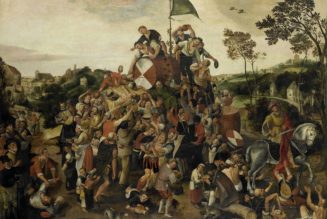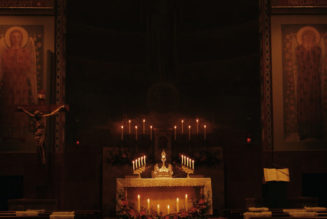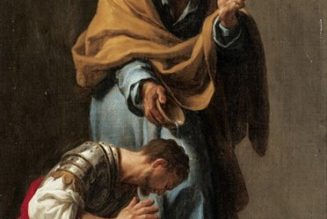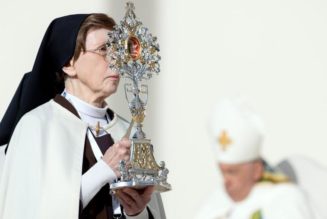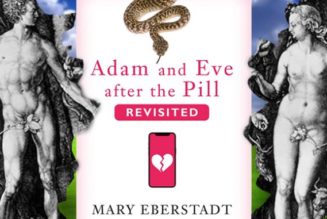Cardinal Mario Grech, the secretary general of the Synod of Bishops, said the non-bishop participants — among them priests, religious, deacons, and laypeople — “are witnesses of the memory of the process, of the itinerary, of the discernment that began two years ago.”
Grech told CNA after the meeting that the synod of bishops has asked the presidents of the continental assemblies, which took place this spring, and the leadership of the Eastern Catholic Churches, to each submit a list of 20 people, 10 men and 10 women. From these lists, Pope Francis will choose 10 members.
He said the decision to include laypeople as full members does not “undermine” the nature of the synod as a meeting of bishops.
“It will remain a synod of bishops,” he said, “but it enriches all of the Church” to have the participation of others.
The process for electing the bishops to represent the various countries will remain the same, with one small addition, Hollerich said.
Previously, countries too small to have a bishops’ conference did not have a representative at the synod, he said. Now they will each send one bishop.
The other bishops will be elected by their bishops’ conferences. The number of bishop representatives for each country is determined based on the size of the bishops’ conference. Pope Francis must also ratify the elections of bishops as members of the synod assembly.
There will also be participants with a nonvoting capacity, who are experts, facilitators, and fraternal delegates from non-Catholic faiths.
The norms regulating synods of bishops were updated by Pope Francis in 2018 in the apostolic constitution Episcopalis Communio.
According to the FAQ sheet from the Secretariat of the Synod of Bishops, the norms continue to be based on Episcopalis Communio “with some modifications and new features to the composition of the assembly and the kinds of participants.”
The document called the changes “warranted within the context of the synodal process.”
(Story continues below)
“This synodal process, initiated by the Holy Father, the ‘visible principle and foundation of unity’ of the whole Church (cf. Lumen Gentium 23), was possible because each bishop opened, accompanied, and concluded the phase of consultation of the People of God,” the FAQ sheet said.
“In this way,” it continued, “the synodal process was at the same time an act of the entire People of God and of its pastors, as ‘the visible principle and foundation of unity in their particular churches, fashioned after the model of the universal Church, in and from which churches comes into being the one and only Catholic Church’ (LG, 23).”
“It is in this perspective that one must understand the Holy Father’s decision to maintain the specifically episcopal nature of the assembly convened in Rome, while at the same time not limiting its composition to bishops alone by admitting a certain number of non-bishops as full members,” it said.


